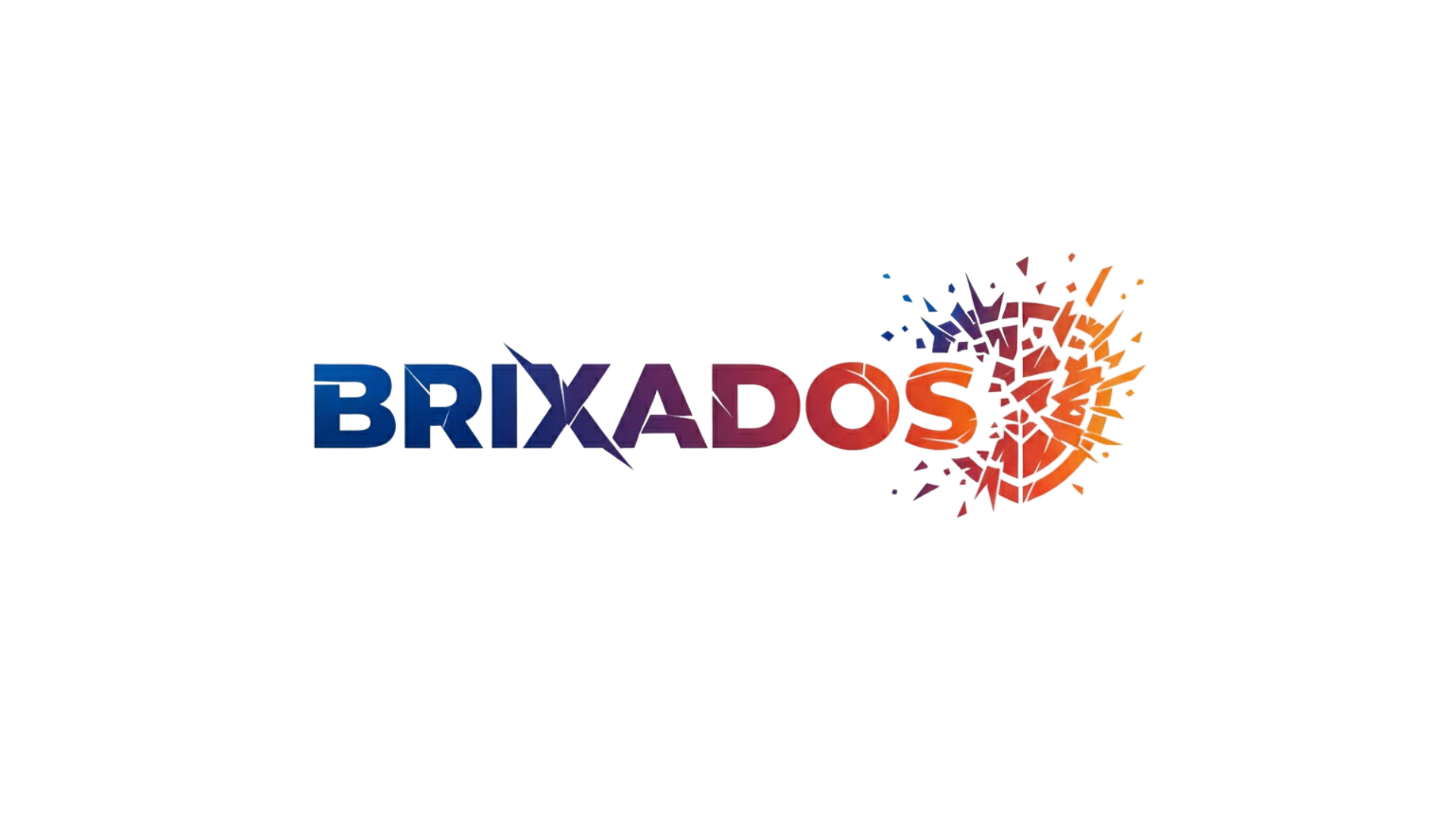Sleep isn’t just rest—it’s a gateway to untapped mental resources. When we close our eyes each night, our subconscious mind awakens, processing experiences and unlocking creativity in ways our waking mind cannot.
🌙 The Hidden Architecture of Sleep and Consciousness
For centuries, philosophers and scientists have marveled at the mysterious relationship between sleep and the mind. While our bodies rest, our brains engage in a sophisticated dance of neural activity that shapes our thoughts, emotions, and creative capabilities. The subconscious mind, that vast reservoir of memories, patterns, and insights, becomes particularly active during specific sleep stages, working tirelessly to organize information and generate novel connections.
Modern neuroscience has revealed that sleep is far from a passive state. During the night, our brains cycle through distinct phases—each serving unique functions that contribute to mental clarity and creative problem-solving. The relationship between sleep quality and cognitive performance isn’t merely correlational; it’s fundamentally causative, with deep implications for anyone seeking to maximize their mental potential.
Understanding the Sleep-Subconscious Connection
The subconscious mind operates continuously, but its influence becomes most pronounced during sleep when the conscious mind’s filters and constraints diminish. This state allows for unrestricted information processing, pattern recognition, and the formation of unexpected associations that fuel creativity and insight.
The Four Stages of Sleep and Mental Processing
Sleep architecture consists of cyclical patterns that repeat throughout the night, each stage contributing differently to cognitive enhancement:
- Stage 1 (Light Sleep): The transition period where creative insights often emerge as the mind drifts between wakefulness and sleep
- Stage 2 (Deeper Light Sleep): Memory consolidation begins, with the brain organizing and categorizing daily experiences
- Stage 3 (Deep Sleep): Physical restoration occurs alongside the strengthening of declarative memories and skill retention
- REM Sleep: The stage most associated with dreaming, where emotional processing and creative problem-solving reach their peak
Each complete cycle lasts approximately 90 minutes, and most adults experience four to six cycles per night. The proportion of time spent in each stage varies throughout the night, with deep sleep dominating earlier cycles and REM sleep becoming more prevalent toward morning.
💡 How the Subconscious Mind Solves Problems During Sleep
The phenomenon of “sleeping on it” isn’t just folk wisdom—it’s neurologically grounded reality. When we encounter challenging problems, our conscious mind often becomes fixated on familiar solution pathways, creating mental blocks that prevent breakthrough thinking. Sleep removes these constraints, allowing the subconscious to explore unconventional connections.
During REM sleep particularly, the brain exhibits activity patterns remarkably similar to waking consciousness, but with one crucial difference: the prefrontal cortex, responsible for logical thinking and self-censorship, shows reduced activity. This allows the association cortices to make connections freely, combining disparate ideas in ways that would seem illogical or irrelevant during waking hours.
The Science Behind Eureka Moments
History brims with examples of breakthroughs achieved during or immediately after sleep. Dmitri Mendeleev famously conceived the periodic table in a dream. Paul McCartney heard the melody for “Yesterday” in his sleep. These aren’t coincidences—they’re demonstrations of the subconscious mind’s problem-solving capabilities when given proper rest.
Research studies have consistently shown that people who sleep after learning new information or confronting complex problems perform significantly better on creative tasks than those who remain awake. One landmark study found that participants who achieved REM sleep were 33% more likely to solve challenging puzzles compared to those who didn’t sleep.
🧠 Optimizing Sleep for Maximum Subconscious Activation
Understanding the sleep-subconscious connection is only half the equation. The real power comes from intentionally optimizing your sleep to harness these natural cognitive processes. Creating conditions that support deep, restorative sleep directly enhances your mind’s creative and analytical capabilities.
Pre-Sleep Rituals for Enhanced Mental Clarity
The hours leading up to sleep significantly impact sleep quality and the subconscious mind’s effectiveness. Establishing intentional pre-sleep routines primes your brain for optimal overnight processing:
- Problem Priming: Spend 10-15 minutes before bed reviewing challenges you’re facing, then consciously release them to your subconscious
- Digital Sunset: Eliminate screens at least one hour before sleep to allow melatonin production and mental decompression
- Journaling Practice: Writing thoughts and experiences helps externalize concerns, freeing mental resources for deeper processing
- Meditation or Breathing Exercises: Calming practices transition the mind from active problem-solving to receptive processing modes
The key isn’t forcing solutions but rather presenting problems to your subconscious with trust that overnight processing will yield insights. This approach leverages what psychologists call “incubation”—the subconscious refinement of ideas during periods of conscious disengagement.
Environmental Factors That Support Subconscious Work
Your sleep environment acts as either a catalyst or barrier to subconscious processing. Optimizing these factors creates conditions for maximum cognitive benefit:
Temperature: Research indicates that slightly cool environments (around 65-68°F or 18-20°C) promote deeper sleep stages where memory consolidation occurs most effectively.
Darkness: Complete darkness supports natural melatonin production and prevents sleep cycle disruptions that fragment the subconscious processing periods.
Sound: While complete silence works for some, others benefit from consistent white noise or nature sounds that mask disruptive environmental noises without engaging conscious attention.
Comfort: Physical discomfort fragments sleep architecture, reducing time spent in the deeper stages where subconscious work thrives.
Dream Work: Accessing Subconscious Wisdom Directly
Dreams represent the most direct window into subconscious processing. While not all dreams contain actionable insights, cultivating dream awareness and recall can unlock valuable information that remains hidden during waking consciousness.
Building a Dream Practice for Creative Insights
Developing dream recall requires consistent practice but yields substantial rewards for creative thinking and problem-solving. The process involves training your conscious mind to maintain a connection with subconscious content as you transition from sleep to waking.
Keep a dedicated dream journal beside your bed. Upon waking—before moving or engaging with technology—immediately record whatever fragments you remember, regardless of how trivial they seem. This practice strengthens the neural pathways between sleeping and waking consciousness, progressively improving recall over time.
Many people find that setting clear intentions before sleep enhances dream content relevance. Formulate specific questions or challenges, then adopt an attitude of curious receptivity rather than forced analysis. The subconscious responds better to gentle invitation than demanding interrogation.
Interpreting Subconscious Symbols and Patterns
Dream interpretation isn’t about universal symbol dictionaries—it’s about recognizing your personal symbolic language. The subconscious communicates through metaphor, emotion, and association rather than linear logic. Over time, you’ll notice recurring themes, images, and emotional tones that carry specific meaning within your psychological landscape.
Rather than asking “what does this symbol mean,” ask “what does this symbol feel like” or “what associations does this image evoke.” This approach accesses the emotional and intuitive wisdom embedded in subconscious communication rather than imposing intellectual frameworks that may miss the point entirely.
⚡ Sleep Tracking Technology and Subconscious Optimization
Modern technology offers unprecedented tools for understanding and optimizing sleep patterns. Sleep tracking devices and applications can identify sleep stage distributions, disruption patterns, and correlations between behaviors and sleep quality—all valuable data for enhancing subconscious processing time.
Wearable devices measure movement, heart rate variability, and sometimes even oxygen levels to estimate sleep stages with reasonable accuracy. While not perfect, these tools provide actionable insights about factors affecting your sleep architecture, allowing targeted interventions that increase time spent in the restorative stages where subconscious work flourishes.
Many sleep tracking applications also offer smart alarm features that wake you during lighter sleep stages, reducing grogginess and making it easier to capture dream content before it evaporates. This alignment with natural sleep cycles supports both immediate waking clarity and long-term sleep optimization.
🎨 Cultivating Creativity Through Strategic Sleep Practices
Creativity isn’t a mysterious gift bestowed upon a lucky few—it’s a cognitive function that responds to specific conditions and practices. Sleep plays a central role in creative development by facilitating the associative thinking and perspective shifts that generate novel ideas.
The Power of the Hypnagogic State
The transition between wakefulness and sleep—the hypnagogic state—represents a particularly fertile ground for creative insights. During this liminal consciousness, the logical constraints of full wakefulness relax while awareness remains sufficient to capture emerging ideas.
Salvador Dalí famously exploited this state by napping while holding a key above a metal plate. As he drifted toward sleep, muscle relaxation would cause him to drop the key, the resulting noise waking him to immediately capture the surreal images arising from his hypnagogic consciousness.
You can apply similar techniques without elaborate setups. Try setting an intention before brief afternoon naps, keeping a recording device nearby to capture thoughts emerging during those drowsy moments before and after sleep. These micro-sessions of subconscious access often yield surprisingly rich creative material.
Polyphasic Sleep and Enhanced Cognitive Access
While not suitable for everyone, strategic napping throughout the day can increase total time spent in transitional sleep states where subconscious-conscious dialogue occurs most readily. Even a single 20-30 minute afternoon nap can provide creative benefits by offering another cycle of subconscious processing and another hypnagogic window.
Research on biphasic sleep patterns—a longer nighttime sleep period plus a midday nap—shows enhanced memory consolidation and creative problem-solving compared to monophasic sleep alone. This approach aligns with natural circadian rhythms that include an afternoon alertness dip, working with rather than against biological tendencies.
Mental Clarity Through Sleep Consistency
Perhaps the most underappreciated aspect of sleep’s cognitive benefits is consistency. Irregular sleep schedules fragment circadian rhythms, disrupting the hormonal patterns that support optimal brain function. Even with adequate total sleep hours, inconsistency undermines mental clarity, creative thinking, and emotional regulation.
The subconscious mind thrives on rhythm and pattern. Consistent sleep-wake times establish neurological expectations that optimize sleep stage progression and deepen restorative processes. Your brain literally prepares for sleep based on established patterns, initiating preparatory processes hours before your typical bedtime.
Building Unshakeable Sleep Consistency
Establishing consistent sleep patterns requires intentionality in our culture of flexible schedules and constant stimulation. However, the cognitive payoffs justify the discipline required:
- Set a non-negotiable wake time, even on weekends, to anchor your circadian rhythm
- Work backward from this wake time to determine your sleep window based on individual sleep needs (typically 7-9 hours)
- Create environmental and behavioral cues that signal approaching bedtime to your nervous system
- Minimize schedule variations beyond 30-60 minutes to maintain rhythm integrity
Within weeks of consistent practice, most people notice dramatically improved sleep quality, faster sleep onset, fewer night wakings, and enhanced daytime clarity—all reflecting more efficient subconscious processing during optimized sleep architecture.
🌟 Integrating Sleep Insights Into Waking Life
The ultimate goal isn’t merely to optimize sleep but to create a seamless flow between subconscious processing during sleep and conscious implementation during waking hours. This integration amplifies both creative output and analytical clarity, transforming sleep from passive recovery into active cognitive enhancement.
Morning Practices for Capturing Subconscious Wisdom
The first moments after waking represent a critical window for accessing overnight insights before they dissolve into the demands of daily consciousness. Protect this transition time by avoiding immediate digital engagement or demanding tasks.
Instead, spend 5-10 minutes in a receptive state—journaling, gentle movement, or simply sitting quietly—allowing subconscious material to surface naturally. You’ll often find that solutions to yesterday’s problems present themselves unbidden, or creative directions emerge with surprising clarity.
This practice also reinforces the brain’s understanding that subconscious insights will be valued and implemented, strengthening the conscious-subconscious partnership over time. Your sleeping mind becomes an increasingly reliable creative partner when it recognizes that its contributions are acknowledged and utilized.
Sustaining the Practice for Long-Term Cognitive Enhancement
Unlocking the power of sleep and the subconscious mind isn’t a quick fix—it’s a sustainable practice that yields compounding benefits over months and years. Like physical fitness, cognitive optimization through sleep requires consistent attention and periodic refinement based on changing circumstances and evolving needs.
Track not just your sleep metrics but also correlations between sleep quality and daytime performance. Notice which pre-sleep practices enhance dream recall or creative output. Experiment with timing, environment, and intention-setting to discover your personal optimization factors.
Most importantly, cultivate patience and curiosity rather than rigid expectations. The subconscious mind operates on its own timeline, often delivering insights days or weeks after problems are presented. Trust the process, maintain the practices, and remain receptive to unexpected forms of wisdom emerging from your sleeping consciousness.

🚀 Your Journey to Enhanced Mental Clarity Begins Tonight
Every night offers an opportunity to harness your subconscious mind’s extraordinary capabilities. By understanding sleep’s architecture, optimizing your sleep environment and practices, and building bridges between sleeping and waking consciousness, you transform rest into a powerful tool for creativity and clarity.
The techniques and principles outlined here provide a foundation, but your personal practice will evolve based on experimentation and self-discovery. Start with one or two changes—perhaps establishing consistent sleep times and implementing a simple pre-sleep routine—then gradually incorporate additional practices as these become habitual.
Remember that quality sleep isn’t a luxury reserved for those with perfect circumstances—it’s a fundamental human need that deserves prioritization regardless of life’s demands. By investing in your sleep, you’re investing in your mind’s most powerful creative and analytical capabilities. The insights, solutions, and innovations waiting in your subconscious are worth the commitment to unlock them through restorative, intentional sleep practices that honor both body and mind.
Toni Santos is a myth-psychology researcher and narrative writer exploring how archetypes, symbols and human story converge to shape mind, culture and meaning. Through his studies on the collective unconscious, comparative mythology and symbolic dream interpretation, Toni examines how the myths we tell reflect the patterns we live — and how awareness of these patterns can spark transformation. Passionate about hero’s journeys, mythic motifs and dream-language, Toni focuses on how story acts as both mirror and map for inner depth and growth. His work highlights the bridges between myth, psyche and culture — guiding readers toward a deeper encounter with themselves and the stories they carry. Blending psychology, mythology and narrative theory, Toni writes about the hidden architecture of meaning — helping readers understand how symbols, stories and dreams shape experience and identity. His work is a tribute to: The power of myth to reveal the unseen structures of psyche The journey from archetype to individual lived story The art of dream-language as a path to wholeness Whether you are a storyteller, psychologist or traveller in the inner landscape, Toni Santos invites you to explore the mythic dimension of mind — one symbol, one myth, one insight at a time.




